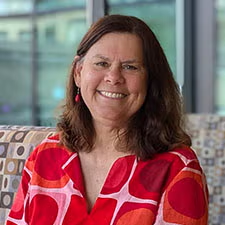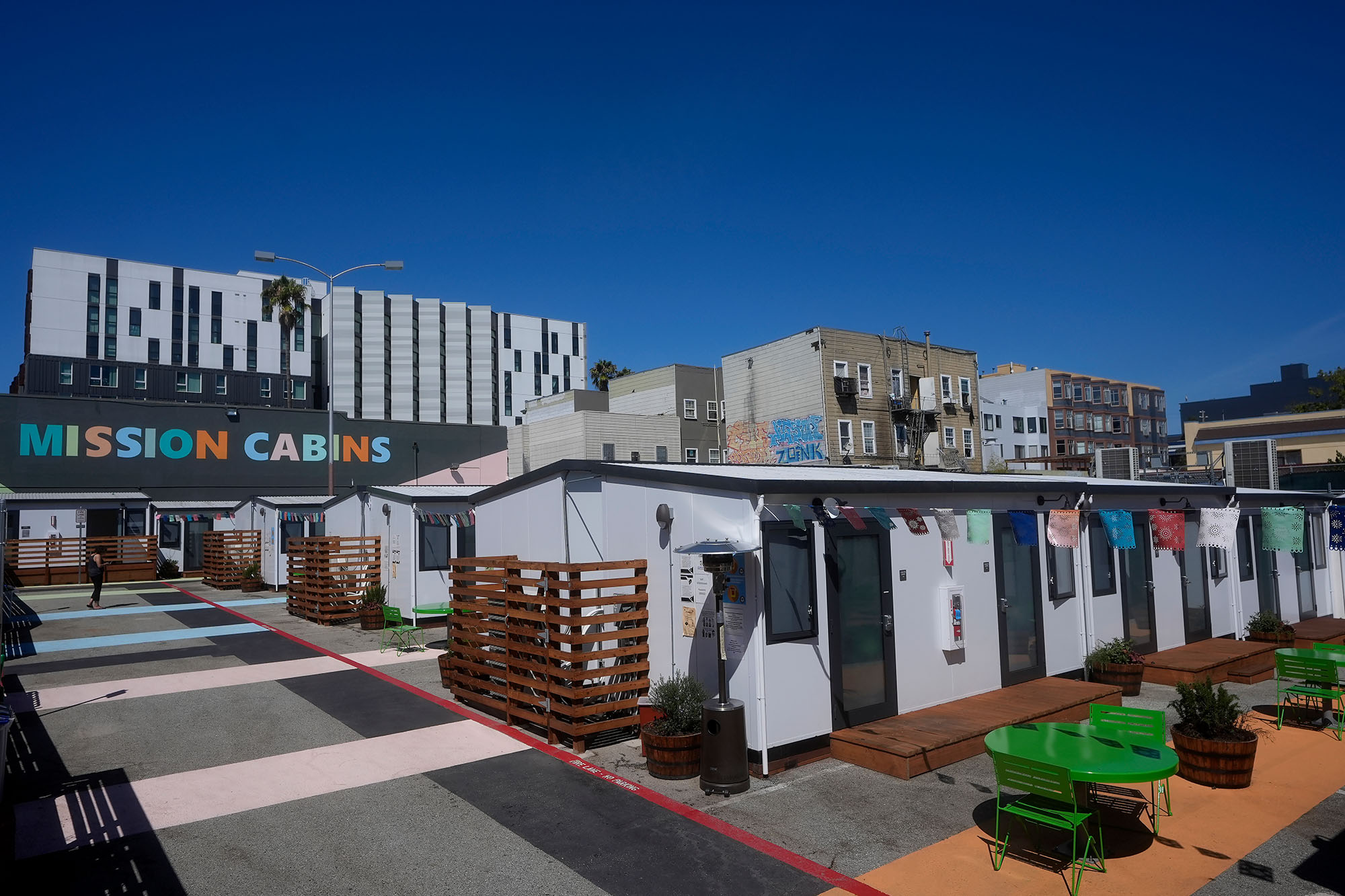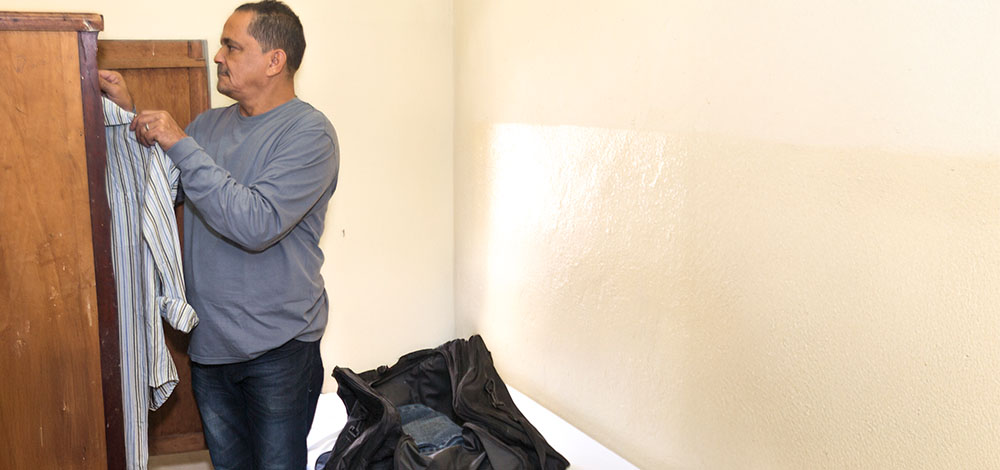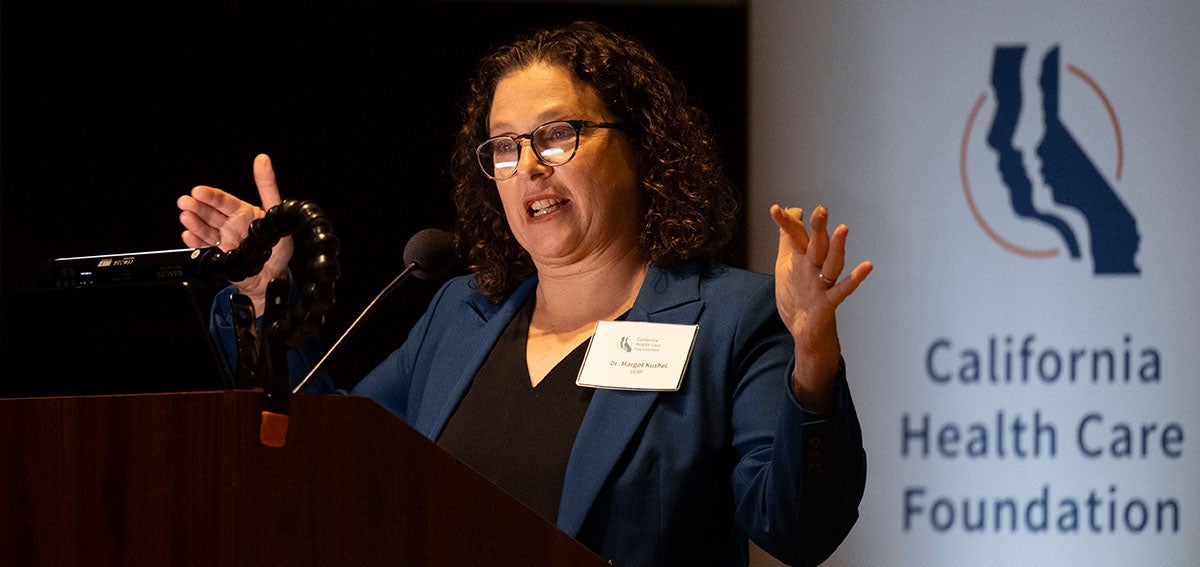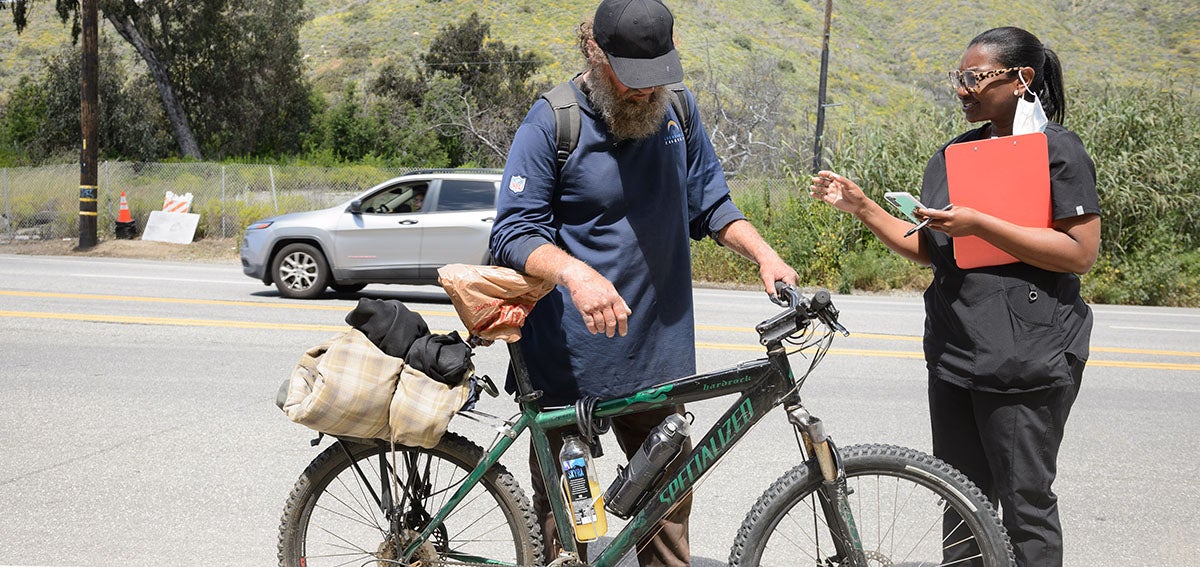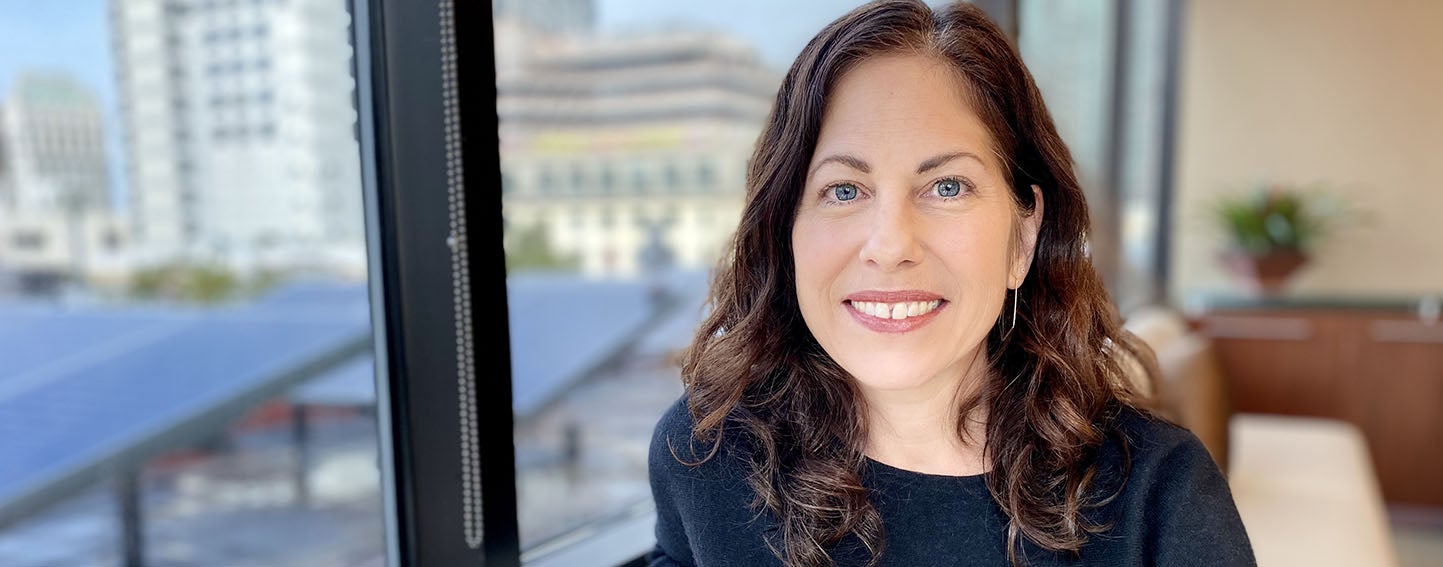
Last month, Michelle Schneidermann, MD, joined CHCF as director of High-Value Care. Schneidermann completed a residency in primary care at Zuckerberg San Francisco General Hospital (SFGH) and stayed on for 14 years as a clinical professor of medicine at the University of California, San Francisco (UCSF). In that role, she saw patients in clinic and hospital settings, taught medical students and residents, and developed clinical programs. Prior to joining CHCF, she served as medical director of care coordination and special projects at Alameda Alliance for Health, a public, nonprofit managed care plan serving lower-income people in Alameda County. I spoke with Schneidermann about the career trajectory that led her to CHCF. Our conversation has been edited for length and clarity.
Q: Why did you choose a career in primary care?
A: Primary care is the foundation of medicine. Being a primary care physician gives you the opportunity to have an ongoing relationship with your patient that evolves over time. You have the privilege of accessing your patient’s story, which is often much bigger than his or her medical problems. I feel like primary care doctors have been doing “whole person care” forever — before it was a policy concept — because they think about the patient as a complex person with a full life beyond the four walls of the clinic.
Having that foundational experience informed the way I practice and the way I approach people. The health care system spends a lot of resources delivering care. When people get admitted to the hospital, we pour tens of thousands of dollars into their acute medical illness without necessarily looking at how it all fits into the context of their lives. Then we send them back out into the environment they came from. It shouldn’t be surprising that our plans for their care often unravel very quickly.
Q: You were founding medical director of the Medical Respite and Sobering Center in San Francisco. How did you end up in that role?
A: I was in medical school when I had my first experiences treating people who were unsheltered for long periods of time. There was a small, nascent clinic that served people experiencing homelessness, and I signed up for an elective there. Many people were incredibly sick and disconnected from care, and that made me realize what a huge unmet need there was. So, when I applied for internal medicine residency programs, I focused on programs that were committed philosophically to best practices around caring for underserved populations. I was fortunate enough to be accepted into the SFGH primary care internal medicine track at UCSF, and I took care of a lot of people experiencing homelessness. When I learned that UCSF colleagues together with people at the county were looking to develop a medical respite program in San Francisco, I started attending planning meetings. Medical respite is short-term residential care that allows homeless people to recuperate in a safe place while accessing medical care and other supportive services. Then there was a magic moment when it was time for someone to come in and take the reins. I raised my hand and said, “I want to do this.”
Q: What is it like to work so intensively with people experiencing homelessness?
A: I learned about people’s incredible resilience, their strong will, and their desire to live and thrive. These are people who have experienced a great deal of early and current trauma, plus they often have serious physical illnesses. When you hear their stories, you wonder how they can get up in the morning. But they do. They get up with an incredible degree of hopefulness and positivity and gratitude. It’s really powerful. Every day, it lifted up the respite center staff, and that was so helpful, because bearing witness to that kind of suffering is hard.
“People experiencing homelessness are human beings who deserve dignity and our respect. Clinically, that means we should be applying the principles of trauma-informed care across the board at every place within our health care system.”
—Michelle Schneidermann, MD
And yet, respite care is by definition short-term care. That was hard on all of us. As staff, we would get attached to patients. We would see people transform in front of our eyes. There was a lot of pride in the staff in their role in that transformation. Still, while we did connect some people to permanent supportive housing, there’s not enough of it available. It was really difficult to see people who had been improving under our care going back to unstable, uncertain situations.
Q: People assume there’s a strong relationship between homelessness and behavioral health issues. How much do they intersect?
A: We tend to have a monolithic view about people experiencing homelessness, but there are all sorts of stories and situations. Most of them experience episodic homelessness. The people who become chronically homeless and unsheltered make up a much smaller population, and that’s where we see much more serious mental illness and substance use.
We are still learning what’s the chicken and what’s the egg. We tend to think that mental illness and substance use leads to loss of housing. However, being chronically unsheltered and exposed to the violence and chaos of living outdoors can and often does lead to mental health and substance use issues. So, yes, we see a disproportionate rate of mental illness in people who are chronically homeless. But I think the root of that is trauma, disconnection, and living in inhumane conditions. Had our care systems attended to the root causes earlier, we might not see the rates that we do.
Q: What changes do you want care systems to make to address the needs of people experiencing homelessness?
A: We could talk about this for hours, but I’ll share two thoughts. First, it is important to remember that people experiencing homelessness are human beings who deserve dignity and our respect. Clinically, that means we should be applying the principles of trauma-informed care across the board at every place within our health care system.
Second, as a society, we tend to ask people experiencing homelessness to navigate very complex systems, geographically and operationally. That doesn’t work well for anyone, especially for our unsheltered neighbors. We must help meet their basic needs. This means bringing care to where people are, whether it’s shelters or street encampments. We still have work to do to understand what those models are and which approaches are most effective.
Q: At the alliance, you had a key role in launching its Health Homes Program, which provides enhanced care management for people on Medi-Cal who have complex health conditions, including those experiencing homelessness. How did you approach this project?
A: We started with a pilot, and that was key. The Alliance funded a $1.5 million, two-year pilot with multiple community-based care teams. We all met monthly and learned so much during that time. Because of it, we were ready to launch successfully when the benefit became available in July.
People in the program who are experiencing homelessness need housing navigation and tenancy sustaining services in addition to care coordination. But traditional primary care practices do not have the experience or capacity to oversee those services. So, in addition to contracting with Federally Qualified Health Centers for our pilot, we contracted with community-based organizations that had experience providing housing services. We also worked closely with our county housing and Whole Person Care partners to develop training and technical assistance.
Q: So, in Alameda County, there’s overlap between the Health Homes and Whole Person Care programs?
A: Yes. At the same time the alliance’s pre-Health Homes pilot was starting up, Alameda County was launching its Whole Person Care program. Both the county and the alliance purposely worked together from the beginning to create one model of care and one network of providers for both Whole Person Care and Health Homes. The goal was “no wrong door” and a seamless experience for both the patients and care teams. I loved my work at the Alameda Alliance, and it was hard to leave.
Q: What are your goals for CHCF’s High-Value Care program?
A: I’m very excited to be here. CHCF is an incredibly impactful organization that has played a role in my professional life for a long time. Over the years, I have worked with many alumni from the CHCF Health Care Leadership Program and have seen how that program helped to multiply their impact. More directly, the training I received through CHCF’s SB 1004 technical assistance program made it possible for Alameda Alliance members to have a palliative care benefit.
What I hope to add to CHCF’s work is my direct experience providing clinical care in the safety net. At the systems level, I have seen what levers work on the plan side to help improve quality and access. And I have seen what levers don’t work and where plans and safety-net providers need more support. At the end of the day, I want to help drive improvement not just in my own backyard, but throughout the entire Medi-Cal system. I can’t imagine a better place to do that than CHCF.
Authors & Contributors
